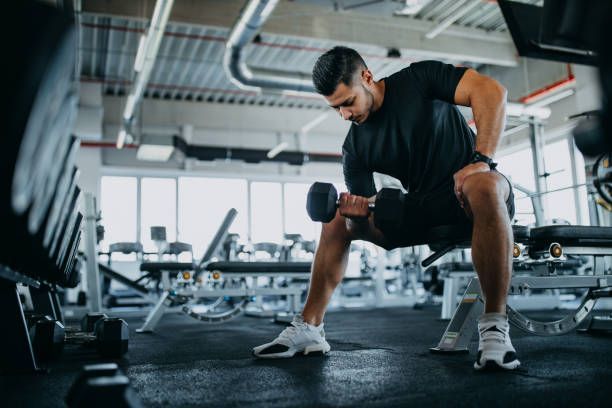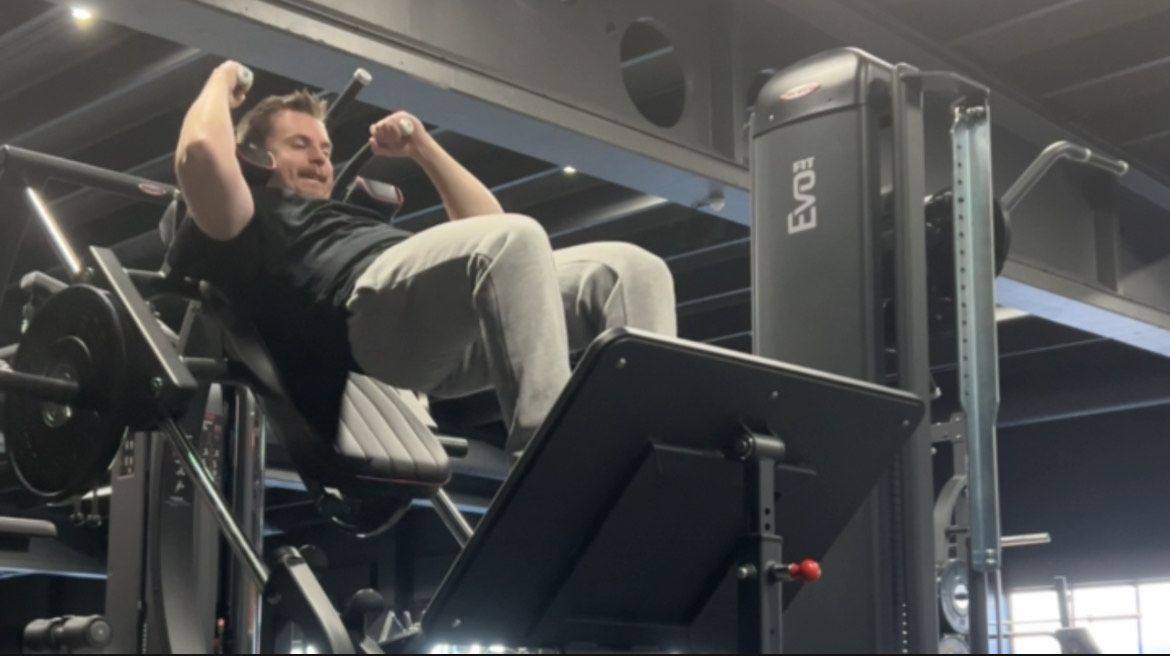Unilateral leg training
Should you do single leg exercises
In the world of fitness and strength training, bilateral exercises like squats and deadlifts often take the spotlight. However, unilateral leg training—exercises that target one leg at a time—offers a range of unique benefits that can significantly enhance your overall athletic performance, strength, and injury prevention. Here’s an in-depth look at why you should incorporate unilateral leg training into your workout routine.
What is Unilateral Leg Training?
Unilateral leg training involves exercises that focus on one leg at a time. Unlike bilateral exercises, where both legs work simultaneously, unilateral exercises isolate each leg, ensuring that both sides of your body develop equally. Common examples include single-leg squats, lunges, and step-ups.
Benefits of Unilateral Leg Training
- Improved Muscle Balance and Symmetry
- One of the most significant benefits of unilateral leg training is the correction of muscle imbalances. Everyone has a dominant side, which often leads to one leg being stronger or more developed than the other. Unilateral exercises ensure that each leg is worked independently, promoting balanced strength and muscle symmetry. This can enhance overall performance and reduce the risk of injury associated with imbalances.
- Enhanced Core Stability
- Unilateral leg exercises require greater core engagement to maintain balance and stability. When you perform single-leg movements, your core muscles must work harder to keep your body steady. This not only strengthens your core but also improves your overall stability and coordination, which is beneficial for both athletic activities and daily movements.
- Increased Functional Strength
- Many everyday activities and sports involve unilateral movements, such as walking, running, and jumping. Training each leg independently can enhance your functional strength, making these activities easier and more efficient. This translates to better athletic performance and a lower risk of injury during both workouts and daily tasks.
- Reduced Risk of Injury
- Unilateral leg training can help identify and address weaknesses or imbalances that might not be apparent during bilateral exercises. By strengthening each leg individually, you can prevent compensatory movements that often lead to injuries. Additionally, the increased focus on balance and stability can protect your joints and connective tissues from strain and overuse.
- Rehabilitation and Recovery
- Unilateral exercises are particularly useful in rehabilitation settings. If you’re recovering from an injury, training the unaffected leg can help maintain strength and muscle mass while the injured leg heals. This approach, known as cross-education, can also accelerate the recovery process by promoting neural adaptations that benefit both sides of the body.
Essential Unilateral Leg Exercises
Incorporating a variety of unilateral leg exercises into your routine can ensure comprehensive development and balance. Here are some essential exercises to get you started:
- Single-Leg Squats (Pistol Squats)
- Execution: Stand on one leg, extend the other leg in front of you, and lower your body into a squat position while keeping the extended leg off the ground. Return to the starting position.
- Benefits: Enhances quad strength, balance, and coordination.
- Lunges
- Execution: Step forward with one leg, lowering your hips until both knees are bent at about a 90-degree angle. Push back up to the starting position and repeat on the other side.
- Benefits: Targets quads, glutes, and hamstrings, while improving hip flexibility and balance.
- Step-Ups
- Execution: Step onto a bench or sturdy platform with one leg, then drive through your heel to lift your body up. Step back down and repeat on the other side.
- Benefits: Strengthens quads, glutes, and calves, and improves unilateral coordination.
- Single-Leg Deadlifts
- Execution: Stand on one leg, hinge at the hips to lower your torso and extend the opposite leg behind you, keeping your back straight. Return to the starting position.
- Benefits: Enhances hamstring and glute strength, balance, and core stability.
- Bulgarian Split Squats
- Execution: Stand a few feet in front of a bench, place one foot on the bench behind you, and lower your body into a squat with the front leg. Push back up and repeat on the other side.
- Benefits: Targets quads, glutes, and hamstrings, while promoting hip flexibility and balance.
Tips for Effective Unilateral Leg Training
- Start with Bodyweight: If you’re new to unilateral exercises, begin with bodyweight movements to master the form and build foundational strength before adding weights.
- Focus on Form: Proper form is crucial to prevent injuries and maximize benefits. Concentrate on maintaining balance and control throughout each movement.
- Progress Gradually: Increase the difficulty of your unilateral exercises gradually by adding resistance or complexity, such as holding weights or performing more challenging variations.
- Incorporate into Your Routine: Add unilateral exercises into your regular workout routine, either as a warm-up, accessory work, or main lifts, depending on your goals and training plan.
- Listen to Your Body: Pay attention to any discomfort or pain and adjust your exercises accordingly. Unilateral training can be demanding, so ensure adequate rest and recovery.
Conclusion
Unilateral leg training is a powerful tool for achieving balanced strength, improving core stability, enhancing functional fitness, and reducing injury risk. By incorporating exercises like single-leg squats, lunges, and step-ups into your routine, you can address muscle imbalances, boost athletic performance, and promote overall health and resilience. Embrace the challenge of unilateral training, and you’ll reap the benefits of a stronger, more balanced body.











